Luxury Wedding Photography Guide for Beginners
Luxury wedding photography is about restraint, precision, and storytelling with intention. Every frame has to feel deliberate, not indulgent. Clients investing in high-end experiences expect the same from their imagery: editorial quality, emotional honesty, and flawless technical execution.
The challenge is capturing those fleeting, intimate moments without losing the polished aesthetic that defines luxury. From managing light in opulent interiors to maintaining skin tones under mixed lighting, every detail matters.
In this guide, we’ll break down what defines luxury in wedding photography today, from visual style and client experience to post-production workflows that keep your images consistent, refined, and gallery-ready. Whether you’re building your brand or elevating your workflow, this is how professionals deliver work that feels timeless and worth every cent.
TL;DR: What Defines Luxury Wedding Photography Today
- Exclusivity drives demand more than talent – Luxury clients often choose photographers based on prestige and limited availability rather than just portfolio quality, making strategic positioning crucial for premium pricing.
- Client experience defines luxury more than image quality – The difference between $3,000 and $15,000 wedding photographers often comes down to premium service, communication excellence, and attention to premium details rather than just technical photography skills.
- Premium vendors become your sales team – Luxury wedding photographers build businesses through high-end planner relationships, exclusive venue partnerships, and vendor networks that refer clients already expecting luxury pricing.
- Editorial portfolio work drives luxury bookings – Published features in premium wedding magazines and styled shoots with luxury vendors create the credibility that attracts high-end clients willing to invest significant budgets.
- Efficient workflows enable luxury pricing sustainability – Premium pricing means nothing if you're spending 60+ hours per wedding on post-processing; luxury photographers need sophisticated systems that maintain quality while preserving profitability.
The photographers commanding $20,000+ wedding fees aren't just better at taking pictures, they've built luxury brands that attract clients who view photography as an essential artistic investment rather than an optional wedding expense, creating sustainable businesses that generate premium income without endless hustle.
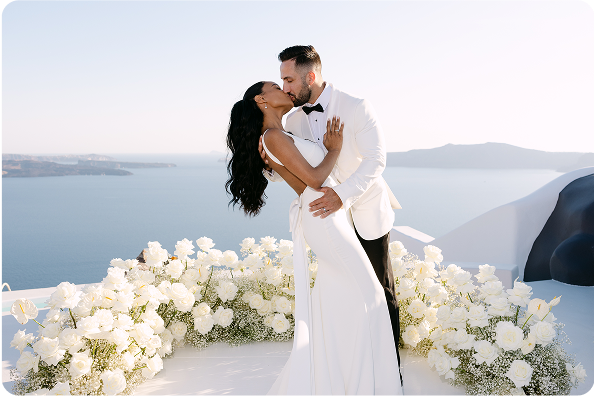
Luxury Wedding Photography: Gear, Setup & Lighting Tips
Here's what every luxury wedding demands, from intimate getting-ready coverage that feels like editorial shoots to grand reception documentation worthy of magazine features:
Camera Systems That Never Fail
- Professional dual-camera setup – Canon R5 + R6 Mark II, Sony A7R V + A7 IV, or Nikon Z9 + Z6 III combinations ensure redundancy while providing different focal length coverage. Luxury clients expect flawless technical execution where equipment failure isn't an option.
- Premium lens collection – 24-70mm f/2.8, 70-200mm f/2.8, 85mm f/1.4, and 35mm f/1.4 cover every luxury wedding scenario from intimate detail shots to dramatic architectural coverage. Quality glass creates the image separation and sharpness that luxury clients notice.
- Backup systems for everything – Multiple camera bodies, extra batteries, redundant memory card systems, and backup lighting equipment. Luxury weddings often happen in remote destinations where equipment replacement isn't possible.
Lighting Equipment for Editorial Results
- Off-camera flash systems – Profoto or Godox systems with softboxes, beauty dishes, and modifiers that create the sophisticated lighting luxury clients expect. Flat, on-camera flash looks amateur compared to directional lighting that sculpts faces and creates mood.
- Continuous LED panels for precision – Aputure or equivalent panels allow precise light placement for detail shots, getting-ready coverage, and creative portrait sessions. Seeing exactly how light falls before shooting ensures editorial-quality results.
- Light modification tools – Reflectors, diffusers, flags, and grids that provide precise light control. Luxury photography requires intentional lighting that enhances rather than just illuminates.
Read also: 6 Wedding Photography Lighting Techniques (Without Overcomplicating It)
Camera Settings for Consistent Excellence
- Manual exposure for artistic control – Luxury wedding photography requires intentional exposure decisions that serve artistic vision rather than just "correct" technical exposure. Use manual mode to maintain a consistent aesthetic across varying conditions.
- Focus precision (single-point AF) – With expensive lenses shooting wide open, focus accuracy becomes critical. Use single-point autofocus for precise control over your focal plane, especially during detail shots and intimate portraits.
- ISO management for clean files – Luxury clients often order large prints and albums that reveal noise. Keep ISO as low as conditions allow, typically 400-1600 for optimal image quality.
How to Shoot This Style: Mastering Luxury Wedding Photography
Before the Shoot – Premium Client Experience Foundation
Consultation Process That Positions Value
Luxury wedding photography starts with consultation experiences that justify premium pricing before you ever touch a camera. Schedule in-person or high-quality video meetings that focus on understanding the couple's vision, lifestyle, and expectations rather than just reviewing packages and pricing.
Ask questions: "What draws you to our artistic style?" "How do you envision displaying these images in your home?" "What published wedding features have inspired your aesthetic vision?" These conversations position you as an artistic collaborator rather than a service vendor.
Timeline Planning That Manages Expectations
Luxury clients often have complex wedding timelines involving multiple events, venue changes, and coordination with premium vendors. Create detailed photography timelines that account for travel between locations, lighting setup requirements, and adequate time for the artistic coverage they're investing in.
Example Planning Detail: Schedule 90 minutes for getting-ready coverage instead of the typical 45 minutes, allowing time for detail styling, multiple outfit changes, and intimate moments that create the editorial feel luxury clients expect.
Vendor Coordination That Enhances Results
Work closely with premium wedding planners, florists, and venue coordinators to ensure photography needs are prioritized. Luxury weddings often involve elaborate décor, specific lighting requirements, and timing coordination that affects your ability to deliver premium results.
During the Shoot – Executing Luxury Vision
Detail Photography That Justifies Investment
Luxury weddings feature expensive elements — custom gowns, heirloom jewelry, bespoke floral arrangements. Dedicate significant time to styling and capturing these details with editorial quality that makes clients feel their investments are properly documented.
Example Technique: To capture details, create elaborate styling setups using venue elements, floral components, and textural backgrounds that feel intentional rather than snapshots. Use macro lenses and precise lighting to capture detail quality that works for large-format printing.
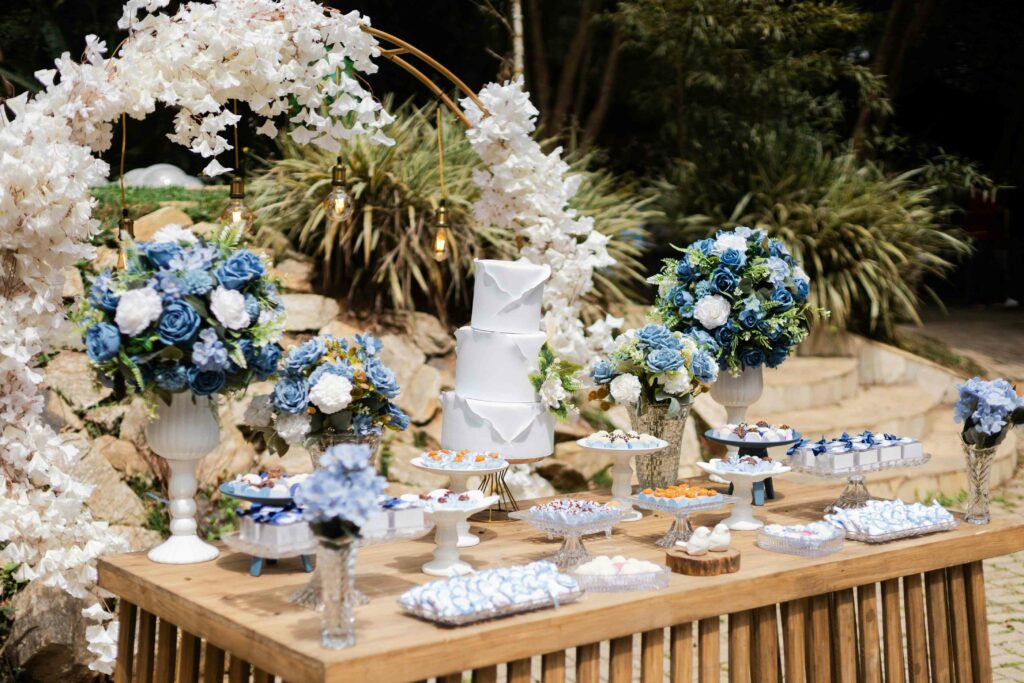
Portrait Sessions That Feel Exclusive
Luxury couples expect portrait shots that feel like private editorial shoots rather than typical wedding photography. This means taking time to create multiple lighting setups, working through various poses and expressions, and producing images worthy of framing and display.
Advanced Lighting for Editorial Results
Use off-camera lighting to create directional, mood-driven portraits that separate your work from natural-light-only photographers. This might mean setting up softboxes during getting-ready coverage or using LED panels to enhance ambient light during ceremony coverage.
Working with High-End Venues and Vendors
Luxury weddings often happen at exclusive venues with strict photography guidelines and coordination requirements. Develop relationships with venue managers, understand lighting restrictions, and work efficiently within parameters that maintain venue standards while achieving your artistic vision.
Read also: A Photographer’s Guide to Natural Light Portrait Photography
Post-Processing Workflow for Luxury Wedding Photography
For any luxury wedding session, every frame must feel intentional, consistent, and timeless. That level of polish starts long before color grading; it begins in how you organize, cull, and approach your editing workflow.
1. Cull smart
The first step is eliminating anything that doesn’t meet your technical or artistic bar. Luxury wedding galleries often include 600–800 final images from 4,000+ captures, and consistency is everything. Using AI culling tools like Aftershoot helps you identify sharp focus, flattering expressions, and clean compositions across massive sets without spending nights in front of your screen. You still make the final calls; the AI just gets you there faster.
2. Build a cohesive edit
\Luxury editing is about restraint, not filters. Think tonal harmony, soft transitions, and color accuracy that flatter skin tones across lighting changes. Import your selects into Aftershoot and establish your base look — your signature style that clients associate with your brand. Many photographers now import directly on Aftershoot and sync AI editing profiles to maintain this consistency across every frame. Then further fine-tune it in Lightroom or Capture One to add that final luxury finesse.
3. Refine with a light hand
Retouching in the luxury space is invisible by design. Focus on texture retention and subtle correction: smoothing without plasticity, whitening without overexposure, removing distractions without sterilizing the scene. Aftershoot Retouching can automate repetitive cleanup while keeping your editing natural and consistent, freeing you to focus on the final creative pass that gives your work its character.
4. Deliver a gallery that feels curated
Your delivery should feel as considered as your shoot. Organize your final gallery into narrative sequences — preparation, ceremony, editorial portraits, reception and maintain tonal flow throughout. A cohesive gallery experience reinforces the luxury perception and sets the tone for premium albums or fine-art prints.
Consider offering curated preview galleries within 48-72 hours of the wedding, showcasing 30-50 perfectly edited highlights that maintain excitement while you complete the full gallery processing.
Popular Luxury Editing Aesthetics
Luxury wedding photography is defined by control, consistency, and emotion beneath the polish. The best luxury editors hate chasing trends. They refine light, tone, and texture to match the story and the setting. Whether it’s a film-inspired palette that feels timeless or a modern editorial finish that belongs in Vogue, each aesthetic communicates intention.
Below are the editing styles most associated with high-end wedding work, the ones discerning clients recognize instantly, and photographers spend years perfecting
Timeless Elegance with Refined Color Palettes creates the sophisticated, museum-quality aesthetic that luxury clients expect for heirloom imagery. This style emphasizes clean highlights, detailed shadows, and color grading that enhances natural beauty without trending elements that might look dated in decades.
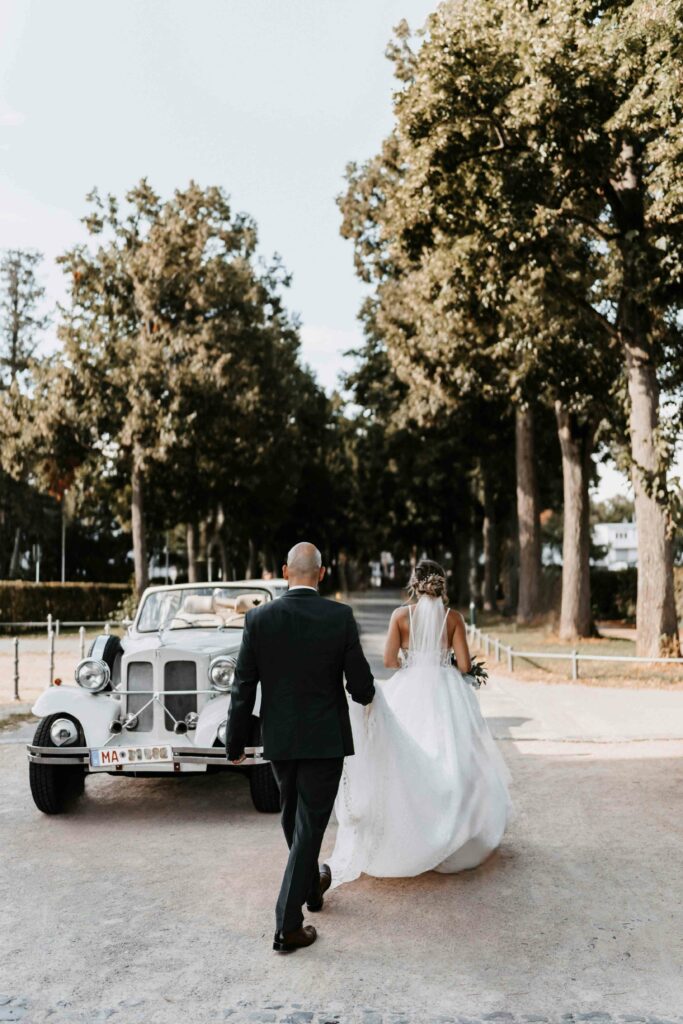
Editorial Fashion with Luxury Magazine Appeal positions wedding images with the sophistication found in high-end lifestyle publications. This approach uses precise color grading, careful attention to skin tone rendering, and compositional enhancement that makes images feel professionally published.
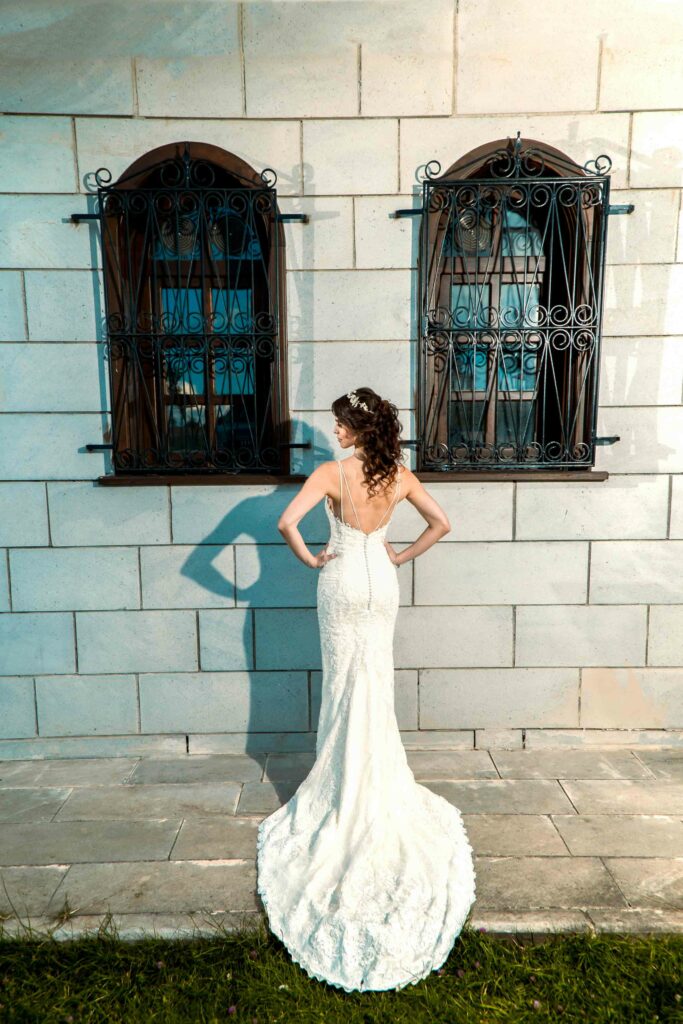
Film-Inspired Luxury with Organic Sophistication appeals to luxury clients who appreciate artistic authenticity combined with technical excellence. This editing style uses subtle grain, sophisticated highlight rolloff, and color grading that mimics expensive film stocks used in luxury fashion photography.
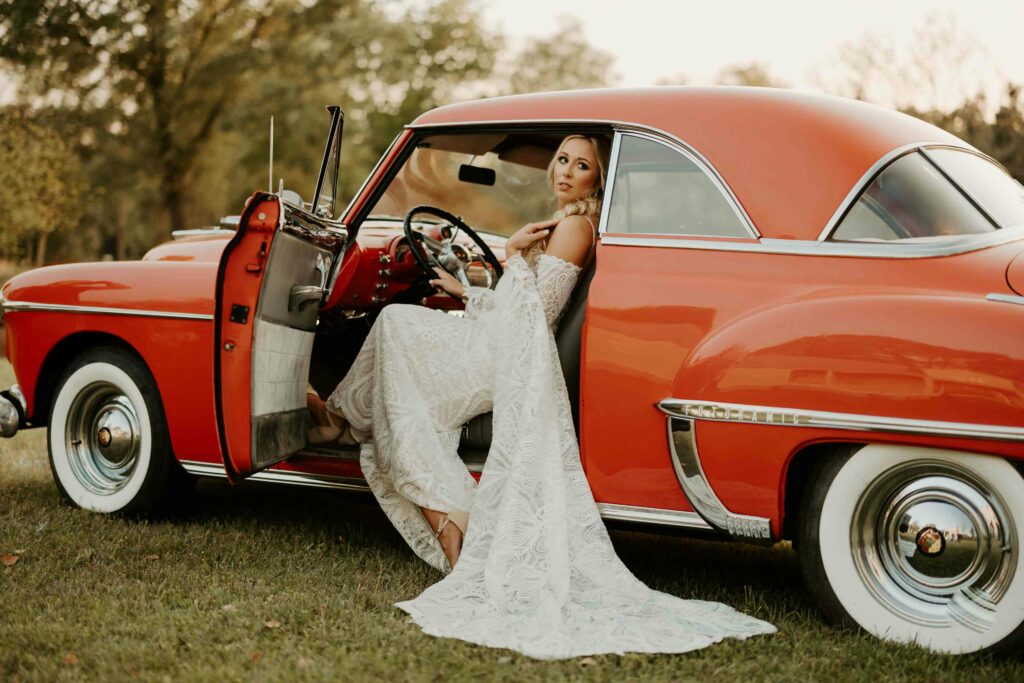
Explore luxury editing approaches in Aftershoot's AI Styles marketplace, where luxury wedding photographers share signature techniques that create sophisticated aesthetic consistency.
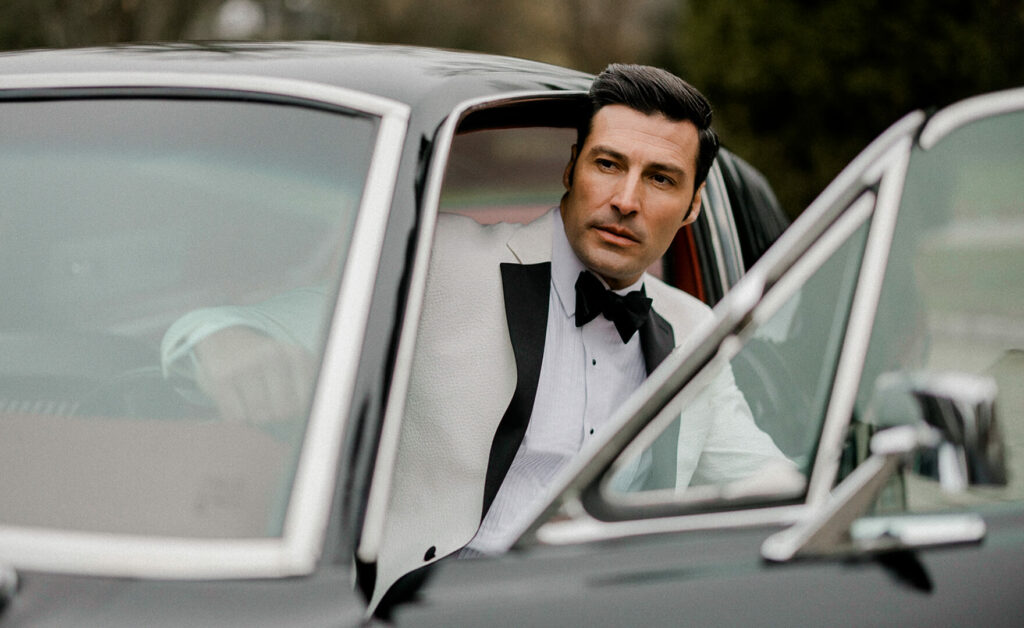
How Much Do Luxury Wedding Photographers Make?
Luxury wedding photography sits at the top of the industry’s earning potential.
- Established photographers in major markets often charge $10,000–$25,000 per wedding
- Elite specialists earn $25,000–$75,000+ for high-profile destination events
- Shooting just 15–25 weddings a year can generate $300,000–$1M+ annually
Breaking into this market typically takes 3–5 years of portfolio building, vendor networking, and gradual price increases. Success requires heavy investment in branding, premium portfolio presentation, high-end client experience, and efficient workflows that protect profitability.
Once established, luxury photographers can scale through teaching, commercial/fashion work, destination weddings, and fine art sales, leveraging their brand to earn far beyond traditional wedding rates.
Crafting Timeless Luxury Wedding Photography
Every decision, from how you light the ceremony to how you grade the final tones, shapes a visual experience that feels elevated yet effortless.
True luxury is invisible; it shows in the precision of your edits, the flow of your gallery, and the consistency that clients can feel but can’t quite describe. The photographers who master that balance — artistry and efficiency, emotion and refinement are the ones who build enduring brands.
Tools like Aftershoot quietly enable that process, handling the repetition so you can focus on the vision that clients actually pay for. When your workflow supports your creativity, every image feels considered, every gallery cohesive, and every client interaction part of a high-end experience.
Because in luxury photography, the edit isn’t the end, it’s the signature.
Ready to build luxury photography workflows that match your premium positioning? Try Aftershoot free for 30 days and discover how AI assistance can handle workflow efficiency while preserving the creative focus that defines luxury wedding photography success.
